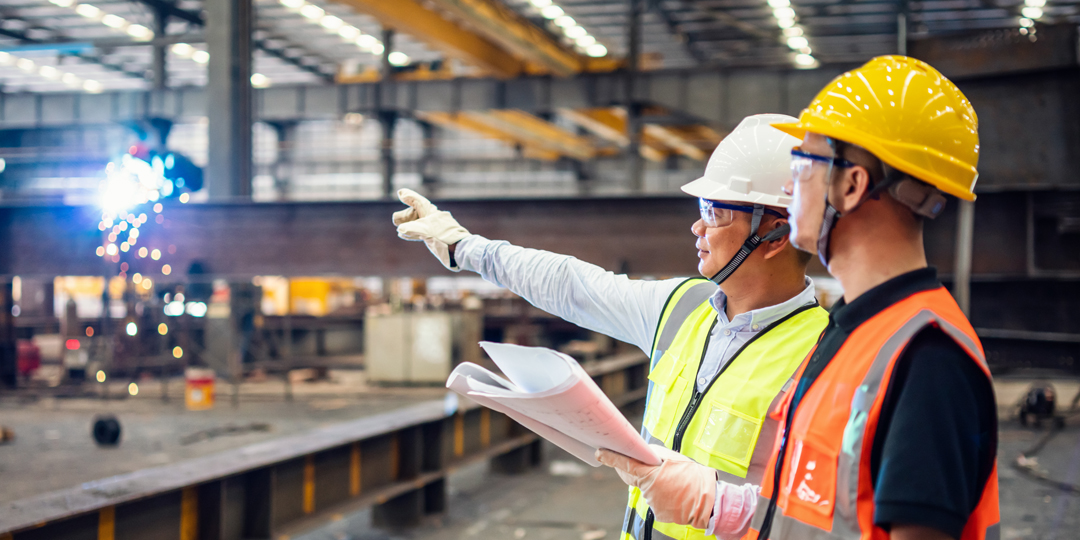Articles | Safety & Regulations
Why Petrochem Facilities Need to Invest in Blast Resistant Buildings


What Qualifies as a Petrochemical Facility?
According to the American Fuel and Petrochemical Manufacturers (AFPM), "a petrochemical facility transforms crude oil and natural gas into chemicals using sophisticated engineering, heat, and high pressure." Highly combustible materials, coupled with heat, qualify the nature of this process as high risk. This means that a petrochemical facility has to take deliberate action to protect its employees.
Increased automation is one of the ways that companies reduce the number of people located in a hazardous zone. Engineers can monitor the equipment from a safe structure away from the belly of the beast.
In their response to a senate query, The Occupational Safety and Health Administration (OSHA) emphasized that when the need for a blast-resistant structure has been identified, employers are required to provide one that meets the required standards.
They also invoke the Process Safety Management of Highly Hazardous Chemicals (PSM) standards to ensure the safe storage of process equipment in blast-resistant structures.
What Are Blast-Resistant Buildings?
When dealing with such explosive materials, investing in quality equipment doesn't completely eliminate risk. So, in the event of an explosion, how do you guarantee the safety of your team? The answer is the use of a blast-resistant module.
At RedGuard, we use steel structures that are designed to withstand the shockwave of an explosion while protecting the people inside. Steel has the ductility and tensile strength ideal for blast resistance, allowing it to withstand the pressure of a blast of up to 9.9 psi. These modules are blast tested by third-party engineers to ensure an objective analysis of their performance.
Why Do Petrochemical Facilities Need Blast-Resistant Buildings?
For API Compliance
Petrochemical manufacturing is a high-risk business that deals with highly combustible raw materials. Although the industry has enjoyed a steady decline in incidences over the past few decades, OSHA still requires industry players to take appropriate measures to protect employees. Though OSHA doesn't have a standard covering the details of a blast-resistant building, the American Petroleum Institute does. API 752 covers the construction and installation of blast-resistant buildings for the protection of its occupants.
For the Safety of the Team
Machines are expensive but replaceable; people are priceless. Your employees are your greatest asset and deserve the highest level of protection. Ensuring that your engineers are in a blast-resistant control room protects them in the face of danger. Working in a safe building gives them peace of mind because they know they are safe and valued.
At Redguard, the safety of your team is our highest priority. Our SafetySuite designs offer a variety of solutions that guarantee the security of your people and sensitive equipment. Sound, yet adaptive design, the incorporation of industry-strength steel, and published unassailable blast test results are your best bet to ensure that your blast-resistant building will truly keep you and your staff safe, no matter your working conditions. If you are looking for a customized solution, we are ready to accommodate you. For more information on these and other products, contact us. We'd love to hear from you.
RedGuard Sales & Marketing
The RedGuard sales and marketing team curates and writes on a variety of topics regarding blast-resistance and modular buildings. To inquire about any of the topics you read about on our blog, connect with us.

